Let's bring some symmetry into our designs, using the different forms and styles we've learned about so far. You will be making three new, original compositions: one using radial symmetry, one using approximate symmetry, and one using asymmetrical balance.
Design 1
Design 2
Design 3
Radial Symmetry
Find an image (or take a photo) that you think has interesting elements of symmetry. Then, using a raster image editing program, create a composition with radial symmetry. Your final design should have at least three axes of symmetry around a central point, and the final result will have a kaleidoscopic effect. For example, a triangular selection from this picture of a throne can be mirrored and rotated to create a radially symmetrical image with four lines of symmetry.
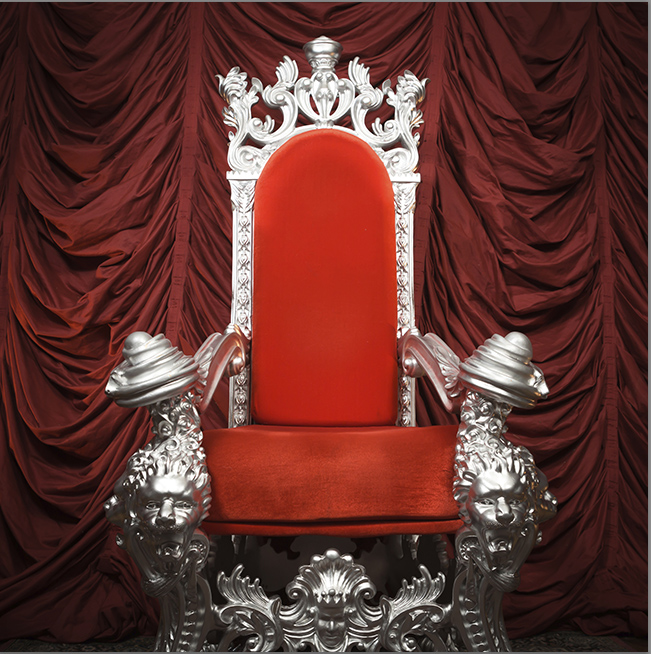
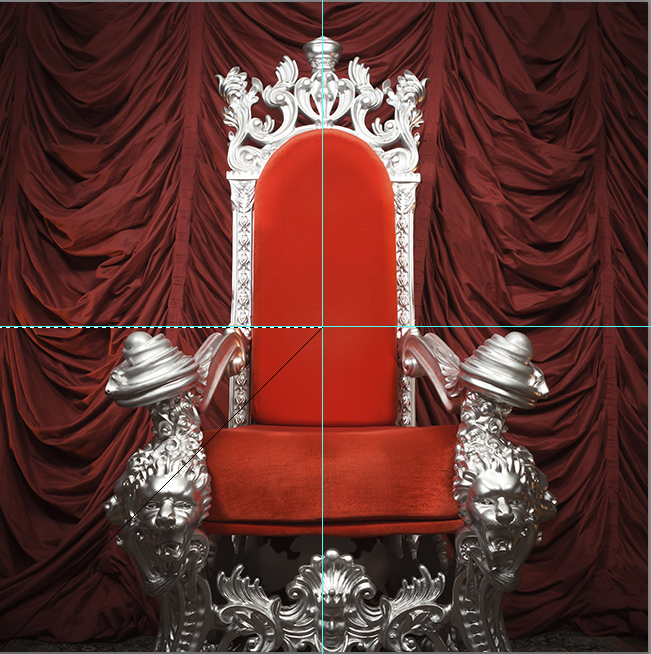
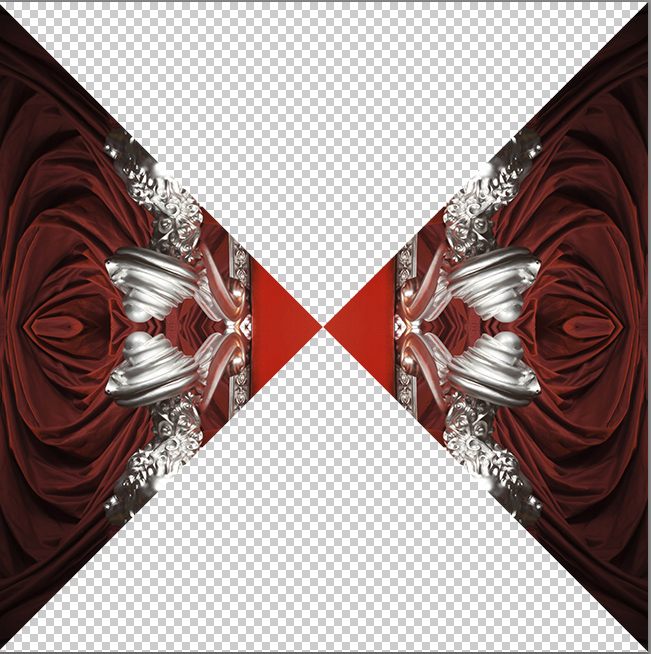

Your first design will be graded using the following rubric:
| Criteria | |
| Radial Symmetry 1 Point |
1 Point: Your image is original, and shows radial symmetry along at least three axes. |
| Elements of Design 1 Point |
1 Point: Your design is not only symmetrical and balanced, but displays principles of art and elements of design that combine to make an appealing image. |
Approximate Symmetry
Find an image (or take a photo) of something with bilateral symmetry (like a face, the front of a car, a leaf, etc.). Then, create visual interest by altering the symmetry in an artistic way, while maintaining balance. You might change the colors of an element, alter the size or shape of certain parts, or draw/composite in new shapes, objects, or textures. For example, this changing half of this face to black and white while making one eye dark and the other light creates a creepy, surreal effect while keeping the image balanced overall.
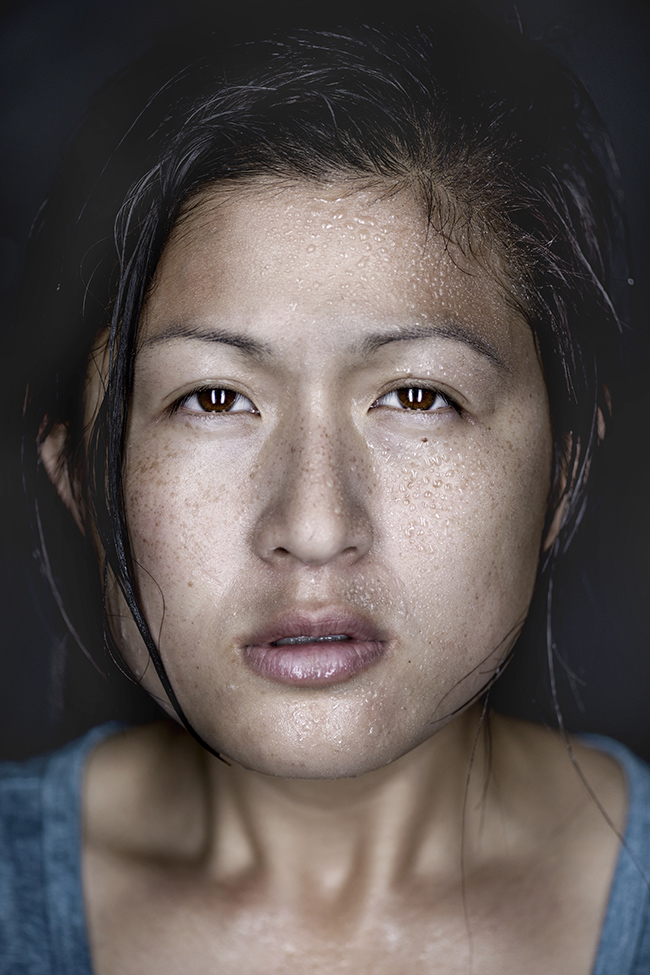
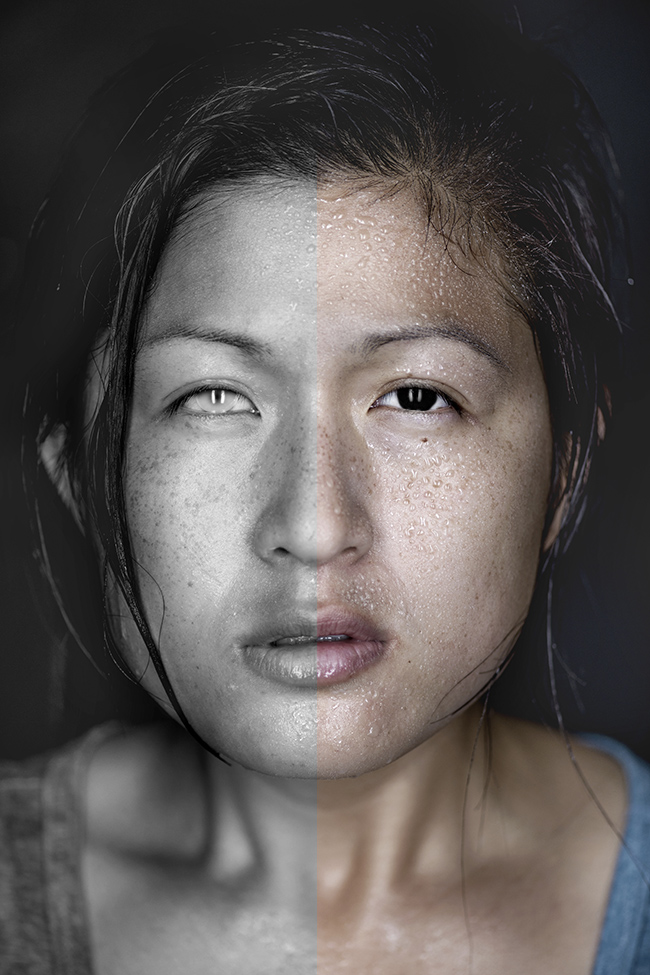
Your second design will be graded using the following rubric:
| Criteria | |
| Approximate Symmetry 1 Point |
1 Point: Your image is original, and shows approximate symmetry by creating two balanced sides with interesting visual differences. |
| Elements of Design 1 Point |
1 Point: Your design is not only symmetrical and balanced, but displays principles of art and elements of design that combine to make an appealing image. |
Asymmetrical Balance
Using a raster image editing program, isolate several objects from their backgrounds. These objects should have different sizes, shapes, colors, and textures. Then, composite them together in the same design, creating a feeling of balance without using obvious symmetry. For example, this artist composited different images of goldfish together to create a colorful, contrasting scene that still carries balance (the large fish on the left is balanced by the smaller colorful fish on the right).

Your third design will be graded using the following rubric:
| Criteria | |
| Asymmetrical Balance 1 Point |
1 Point: Your image is original, and shows asymmetrical balance by compositing multiple different elements in a way that's not obviously symmetrical, but still holds together and creates visual flow. |
| Elements of Design 1 Point |
1 Point: Your design is not only symmetrical and balanced, but displays principles of art and elements of design that combine to make an appealing image. |
